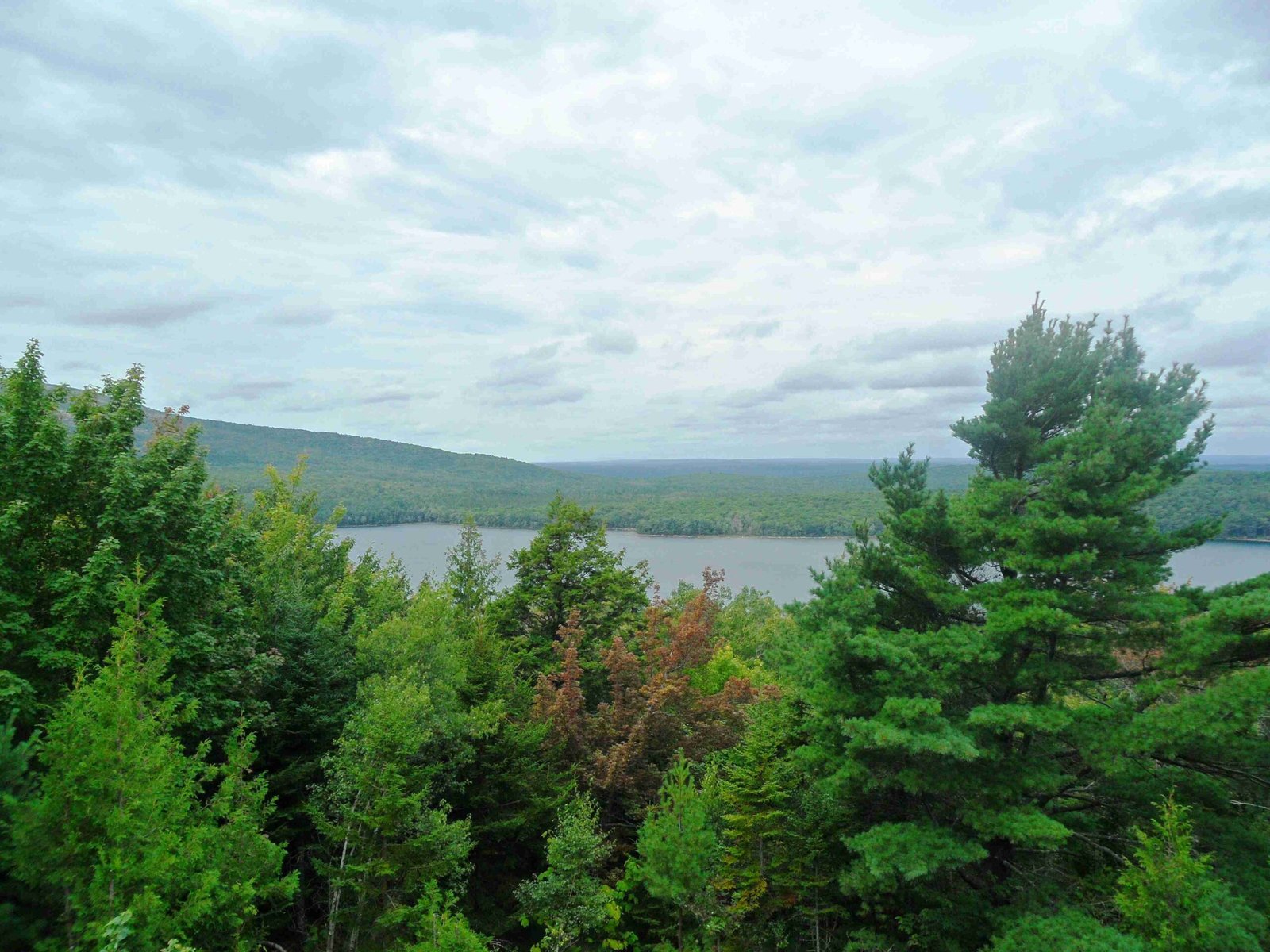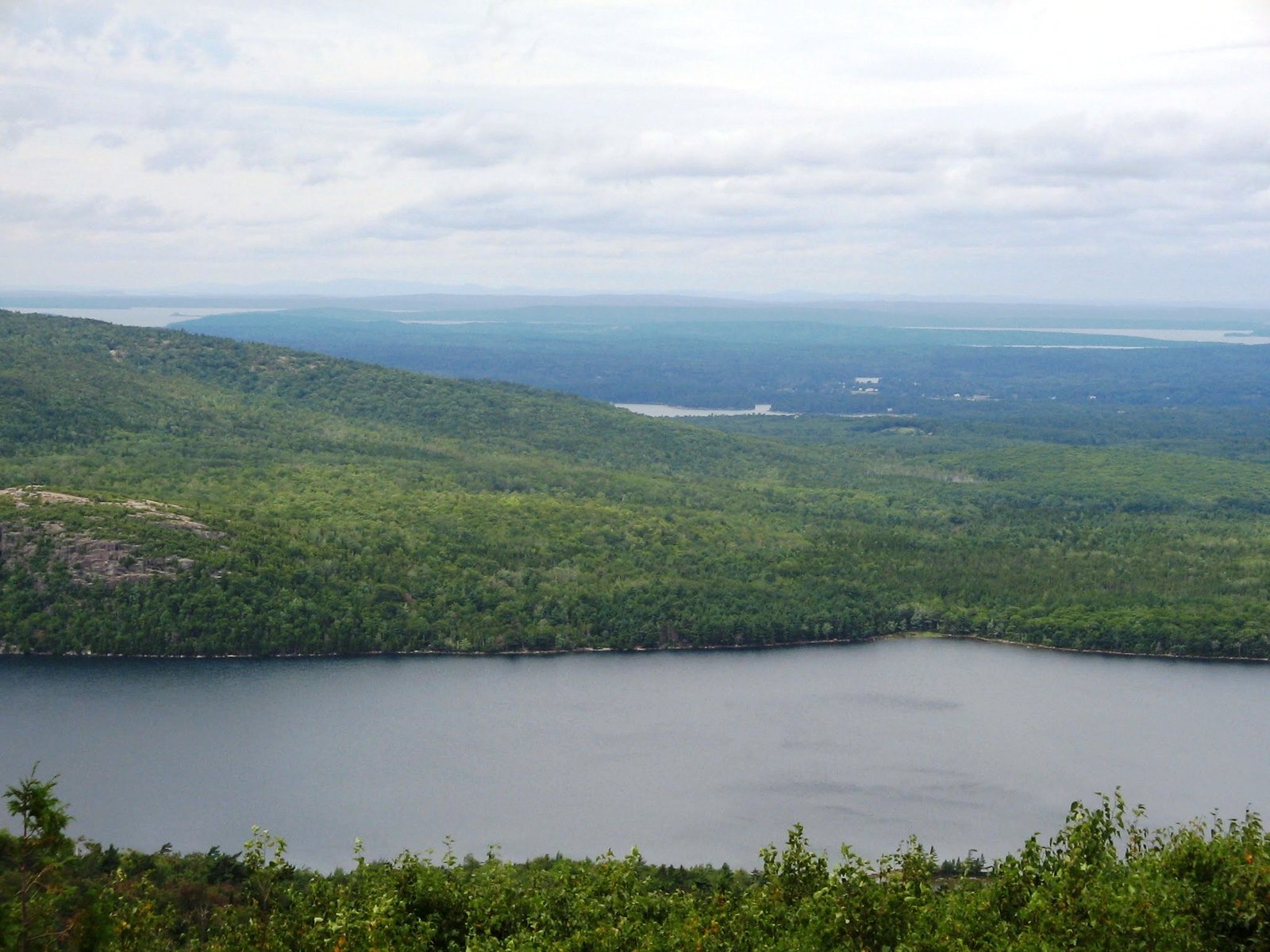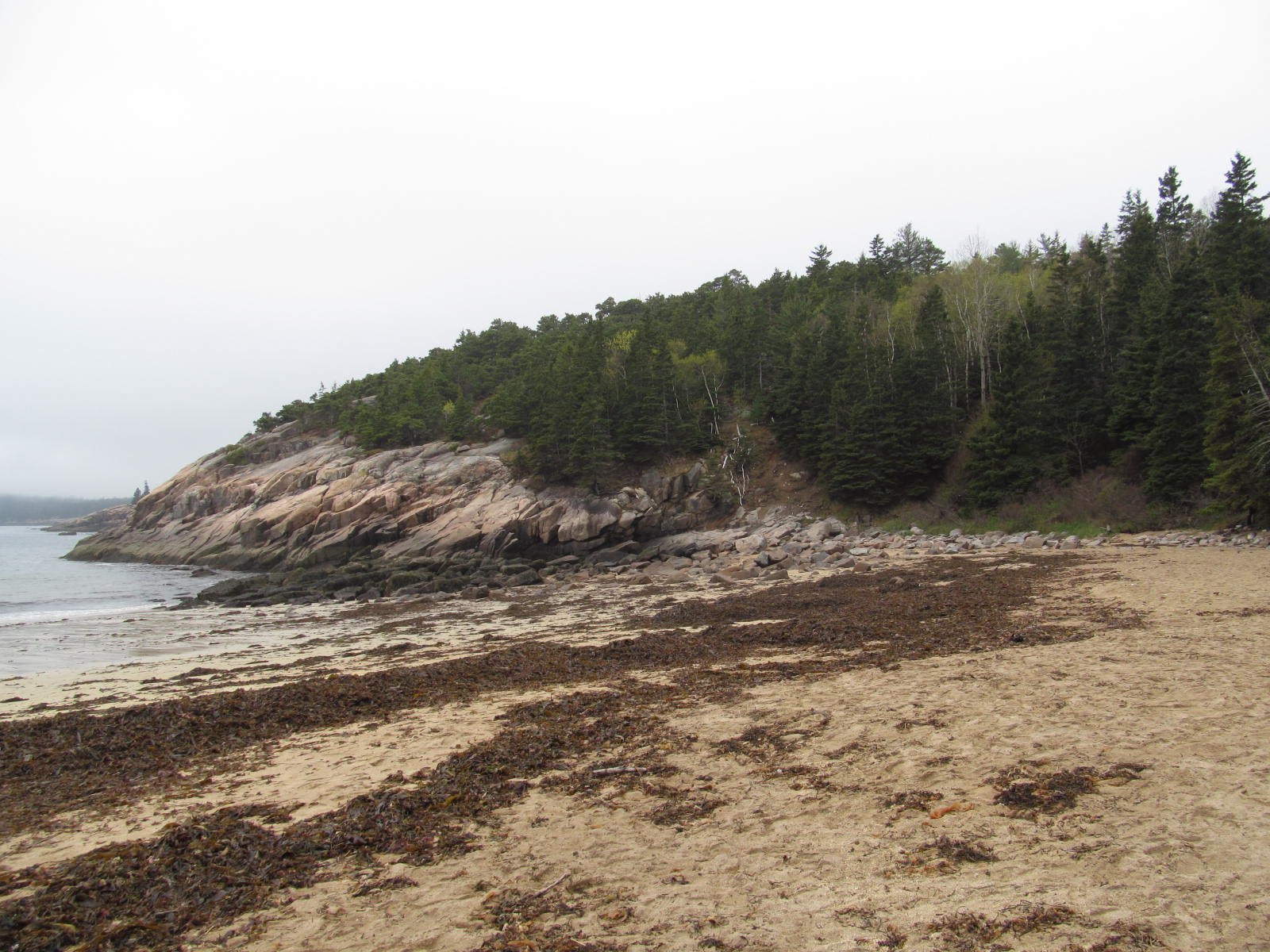The giant beaver dam at Acadia National Park is a misconception. While Acadia is known for its stunning landscapes and diverse wildlife, it does not host a giant beaver dam. The largest known beaver dam is actually located in Wood Buffalo National Park, Alberta, Canada. This article aims to clarify this common misunderstanding and provide accurate information about beaver dams in Acadia National Park and the world’s largest beaver dam.
What is the Truth About the Giant Beaver Dam at Acadia National Park?

Contrary to popular belief, there is no giant beaver dam at Acadia National Park. While beavers are present in the park and do construct dams, none of these structures are of exceptional size or notoriety. The misconception may have arisen from confusion with other famous beaver dams or a general assumption about the park’s diverse ecosystem.
Where is the World’s Largest Beaver Dam Located?

The world’s largest beaver dam is found in Wood Buffalo National Park, Alberta, Canada. Here are the key details:
- Location: South of Lake Claire, approximately 190 km northeast of Fort McMurray
- Length: Approximately 850 meters (2,790 feet)
- Discovery: First noticed in 2007 through satellite imagery
This massive structure dwarfs other known beaver dams, including a previously notable dam near Three Forks, Montana, which measures 652 meters (2,140 feet) in length.
What Beaver Activity Can Be Observed in Acadia National Park?
While Acadia National Park doesn’t boast a giant beaver dam, it does support a healthy beaver population. Visitors can observe:
- Smaller beaver dams in various streams and ponds
- Beaver lodges in calm waters
- Evidence of beaver activity such as gnawed trees and beaver-created meadows
Beavers in Acadia play a crucial role in shaping the park’s ecosystem, creating wetlands that support diverse plant and animal life.
How Do Beaver Dams Impact the Ecosystem?
Beaver dams, both in Acadia and elsewhere, have significant ecological impacts:
- Water Management: They slow water flow, reducing erosion and creating wetlands
- Habitat Creation: The resulting ponds provide homes for fish, amphibians, and waterfowl
- Biodiversity: Beaver-created wetlands support a wide variety of plant and animal species
- Water Quality: Dams act as natural filters, improving downstream water quality
What Are the Characteristics of a Typical Beaver Dam?
| Characteristic | Description |
|---|---|
| Materials | Branches, mud, stones |
| Average Length | 10-100 meters |
| Height | 1-3 meters |
| Lifespan | Can last decades with maintenance |
| Purpose | Create deep water for protection and easy access to food |
How Can Visitors Learn About Beavers in Acadia National Park?
While there’s no giant beaver dam to see, Acadia offers several ways to learn about and potentially observe beavers:
- Ranger-led Programs: Participate in educational talks about park wildlife
- Nature Trails: Walk along streams and ponds to spot beaver activity
- Visitor Centers: Check out exhibits on local wildlife, including beavers
- Evening Wildlife Watches: Join guided twilight excursions when beavers are most active
What Conservation Efforts Support Beaver Populations in Acadia?
Acadia National Park implements several measures to protect its beaver population:
- Habitat preservation
- Water quality monitoring
- Educational programs to raise awareness
- Managed coexistence with human activities
These efforts ensure that beavers continue to thrive and contribute to the park’s ecosystem.
How Does Acadia’s Beaver Population Compare to Other National Parks?
While Acadia doesn’t have a giant beaver dam, its beaver population is healthy and comparable to many other national parks. Here’s a brief comparison:
- Acadia National Park: Stable population, smaller dams
- Yellowstone National Park: Larger population, more extensive dam systems
- Rocky Mountain National Park: Recovering population, increasing dam construction
- Wood Buffalo National Park: Home to the world’s largest beaver dam
Each park’s beaver population contributes uniquely to its ecosystem, demonstrating the adaptability and importance of these industrious rodents.
In conclusion, while the giant beaver dam at Acadia National Park is a myth, the park’s actual beaver population and their more modestly sized dams play a vital role in shaping and maintaining the diverse ecosystems that make Acadia a natural treasure. Visitors to the park can still enjoy observing beaver activity and learning about these fascinating animals in their natural habitat.
References:
1. The Longest Beaver Dam in the World – EcoInformatics International
2. Acadia National Park Official Website
3. The Beaver Restoration Guidebook – U.S. Fish and Wildlife Service

